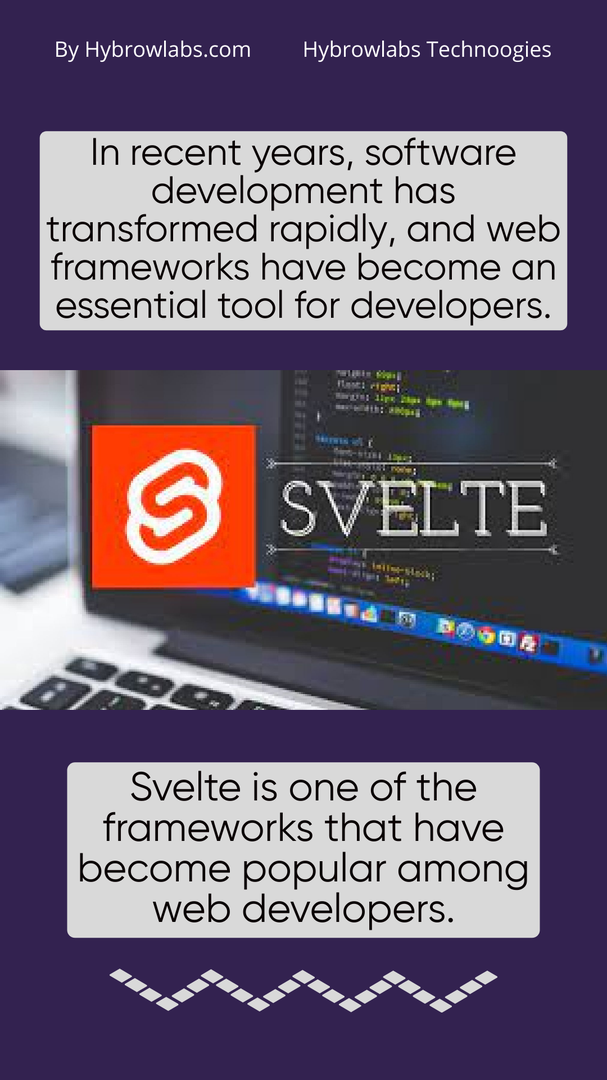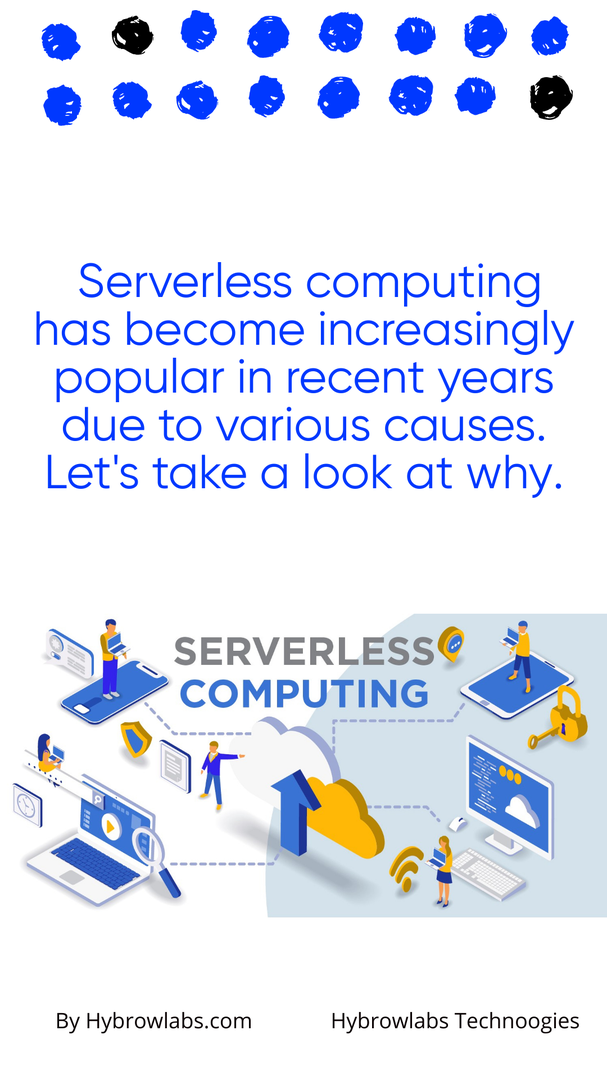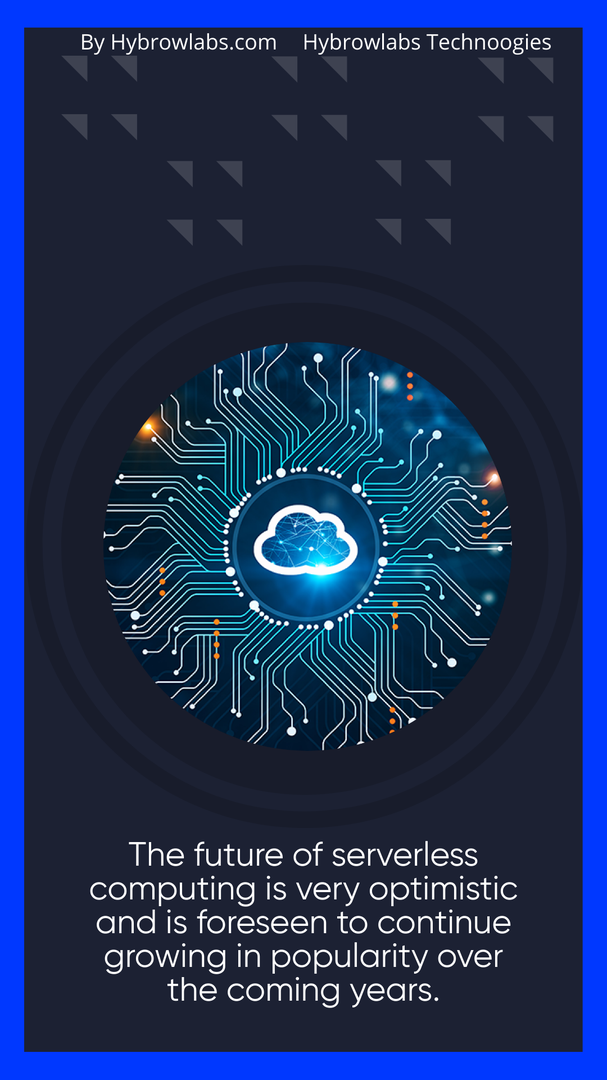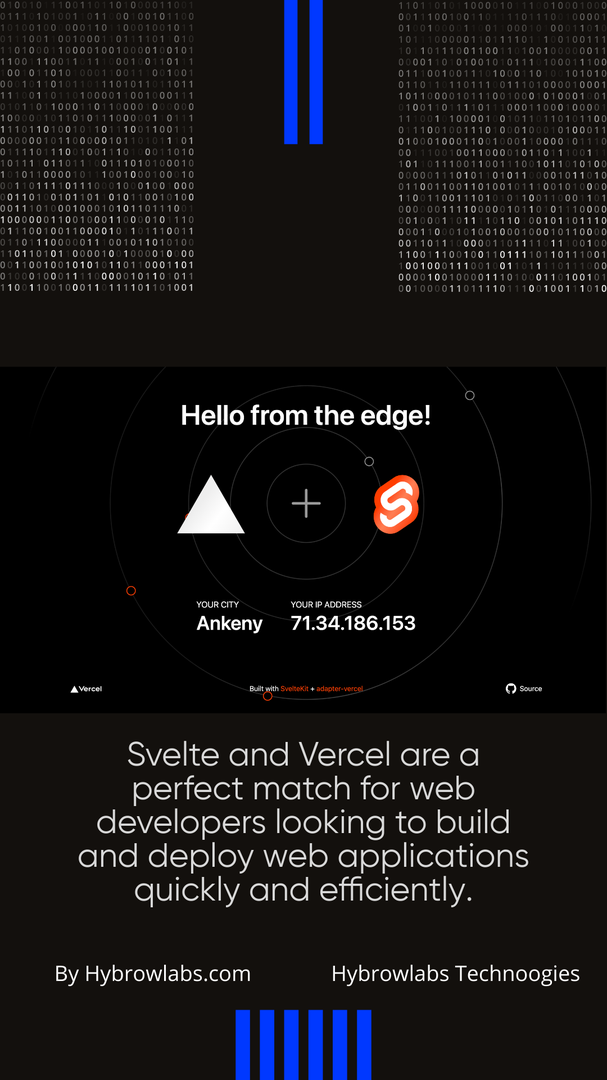In recent years, software development has gained a rapid transformation. With the proliferation of web & app development, web frameworks have become an essential tool for developers. One such framework that has gained popularity among web developers is Svelte. Alongside Svelte, serverless technologies have also acquired a foothold in the industry. In this article, we'll discuss the relationship between Svelte & serverless computing, & why they're becoming increasingly popular.

What's Svelte & Sapper?
Svelte is a modern, reactive JavaScript framework that helps developers to create efficient & reactive user interfaces. Svelte takes a different approach to web development than other frameworks, by collecting the code at build time, which results in faster runtime performance.
Sapper, on the other hand, is a framework created on top of Svelte that helps developers to create server-side rendered web applications. Sapper provides features like code splitting, dynamic imports, & server-side rendering that build high-performance web applications easily.
Why are Serverless Technologies Becoming Popular?

Serverless computing has become increasingly popular in recent years due to various causes:
1. Cost Efficiency:
With serverless computing, developers no longer need to worry about managing & maintaining server infrastructure, which can be a remarkable expense. Instead, developers only pay for the computing resources they use, which can result in significant cost savings.
2. Faster Time to Market:
Serverless computing offers developers to focus solely on creating their application code without worrying about server management. This can significantly decrease development time & result in faster time to market.
3. Flexibility:
Serverless computing helps developers to select from a variety of programming languages & frameworks, making it simple to create applications using their preferred tools. This flexibility can results in faster development cycles & a better developer experience.
4. Reduced Overhead:
Serverless computing reduces the overhead associated with traditional server infrastructure, such as maintenance & security, allowing developers to focus on creating the application.
5. Reduced Downtime:
Serverless architectures are developed to be highly functional, with built-in redundancy & automatic failover. This means that applications developed on a serverless architecture can experience less downtime & deliver a better user experience.
What is the Future of Serverless Computing?

The future of serverless computing is very optimistic, & it is foreseen to continue growing in popularity over the coming years. Here are some reasons, why:
1. Increased Adoption:
As more companies adopt serverless computing, the ecosystem of tools & services around it will continue to increase. This will make it more effortless for developers to develop & deploy serverless applications, which will in turn lead to expanded adoption.
2. Expansion of Edge Computing:
The rise of edge computing is closely tied to serverless computing. Edge computing refers to the method of processing data near the source, rather than in a central location, to decrease latency & improve performance. Serverless computing is an excellent platform for developing edge computing applications, as it can run code anywhere & scale automatically.
3. Advances in Cloud Technology:
Cloud providers are constantly improving their serverless offerings, making it easier and more cost-effective to create & run serverless applications. As cloud technology continues to evolve, it is expected that serverless computing will become even more strong & versatile.
4. Integration with AI and Machine Learning:
Serverless computing is a perfect platform for developing & deploying AI & machine learning applications. As these technologies become more mainstream, it is likely that more developers will turn to serverless computing to create & deploy these kinds of applications.
5. Increased Focus on Security:
Security is always a concern when developing & deploying applications, & serverless computing is no exception of that. As serverless computing becomes more prevalent, it is predicted that there will be a risen focus on developing & deploying secure applications.
Overall, the future of serverless computing is very bright, with continued growth & expansion predicted in the coming years. As cloud providers continue to enhance their serverless offerings & developers become more familiar with the platform, we can expect to see an increasing number of innovative & robust applications built using serverless architecture.
Vercel & Svelte: A Perfect Match for Web Developers

When it comes to web development, the combination of Svelte & Vercel is an ideal match for web developers. Svelte's simplicity & efficiency, coupled with Vercel's cloud-based infrastructure, delivers developers with a solid toolset to create & deploy web applications.
Svelte is a modern JavaScript framework that delivers an awesome developer experience. It allows developers to write code in a declarative format, which is simple to read & manage. Svelte's architecture is unique in that it compiles the code into highly optimized JavaScript, resulting in smaller bundles & faster load times.
Vercel, on the other hand, offers a serverless architecture that simplifies the deployment of web applications. Vercel's cloud-based infrastructure allows for the seamless deployment of web applications, delivering developers with a scalable & efficient platform to deploy their applications.
The combination of Svelte & Vercel allows developers to create & deploy web applications quickly & efficiently. Svelte's simplicity & efficiency allow for a wonderful developer experience, while Vercel's cloud-based infrastructure simplifies the deployment method. Developers can concentrate on developing their applications without concerning about server maintenance or scaling, as Vercel takes care of it for them.
In conclusion, Svelte & Vercel are an excellent match for web developers looking to build & deploy web applications quickly and efficiently. The combination of Svelte's simplicity and efficiency, coupled with Vercel's cloud-based infrastructure, delivers developers with a strong toolset to create & deploy web applications.
Examples of Svelte-Based Serverless Applications:
Svelte-based serverless applications can be operated for a variety of objectives, such as developing real-time chat applications, e-commerce websites, or social media platforms. Here are some examples of Svelte-based serverless applications:
1. Real-time chat application:
Svelte can be used to build real-time chat applications that run on edge computing platforms. These applications help users to convey with each other in real-time without the necessity for a server. The application can be run completely on the client side, making it speedy & more efficient than traditional server-based chat applications.
2. E-commerce website:
Svelte can be used to build e-commerce websites that run on edge computing platforms. These websites can be optimized for speed & performance, making them perfect for customers who are looking for a rapid & efficient shopping experience.
3. Social media platform:
Svelte can be used to create social media platforms that run on edge computing platforms. These platforms can be used to connect people from around the world & can be optimized for speed & performance, making them ideal for users who want to connect fast with others.
The Benefits of Using Svelte for Distributed Computing Tasks:
Svelte is a modern web application framework while it is popularly known for its ability to build web apps, it can also be utilized for distributed computing tasks.
1. Web app development:
Svelte can be used for creating web applications, & it is perfect for building real-time applications. With its built-in reactivity, Svelte enables developers to develop highly interactive web applications that can communicate with a server.
2. Edge computing:
Svelte is ideal for edge computing since it can run on lightweight devices with low computing power. This means that you can deploy Svelte to run on small devices like IoT devices or single-board computers like Raspberry Pi, enabling you to process data locally, closer to the source. This helps reduce latency & minimize the amount of data required to be transmitted over a network.
3. Serverless architecture:
Svelte is also ideal for serverless architecture. This is because it can be deployed to a serverless environment, such as AWS Lambda, Azure Functions, or Google Cloud Functions. With serverless architecture, you can execute code in response to events without having to manage a server infrastructure. Svelte can be used to develop serverless applications that scale automatically & are highly available.
4. Cloud computing:
Svelte is cloud-ready, and it can be easily integrated into cloud platforms like AWS, Azure, & Google Cloud. Svelte can be used to build cloud applications that are highly scalable & fault-tolerant.
Conclusion:
Overall, the rise of Svelte & serverless computing represents an exciting development in the software development world, offering developers new ways to build fast, efficient, & scalable web applications. Utilizing services like Hybrowlabs Svelte Development Services can further support these efforts and help create innovative and high-performing applications using Svelte and serverless technologies.
FAQ:
What is Svelte?
Svelte is a JavaScript framework used for building web applications. It distinguishes itself from other frameworks by compiling components at build-time rather than run-time, resulting in smaller & faster applications.
What is serverless computing?
Serverless computing is a cloud computing model where the cloud provider manages the infrastructure and automatically allocates and provisions resources as needed. Developers only pay for the actual usage of the application, rather than provisioning and maintaining servers themselves.
How does Svelte relate to serverless computing?
Svelte can be used in serverless computing environments to create highly efficient web applications that can scale dynamically. With the combination of Svelte and serverless computing, developers can create applications that are highly performant and cost-effective, without the need for managing infrastructure.
How does serverless computing differ from traditional server-based computing?
In traditional server-based computing, developers have to manage and provision servers to run their applications. With serverless computing, the cloud provider handles this infrastructure, allowing developers to focus on writing code.
How does Svelte work with serverless computing?
Svelte can be used with serverless computing platforms like AWS Lambda or Google Cloud Functions to build and deploy highly efficient web applications. Svelte's compiled output can be easily packaged into small, single-purpose functions that can be executed by the serverless platform.



.png)


a3dc85.jpg)

.jpg)
fd8f11.png)

.jpg)
.jpg)